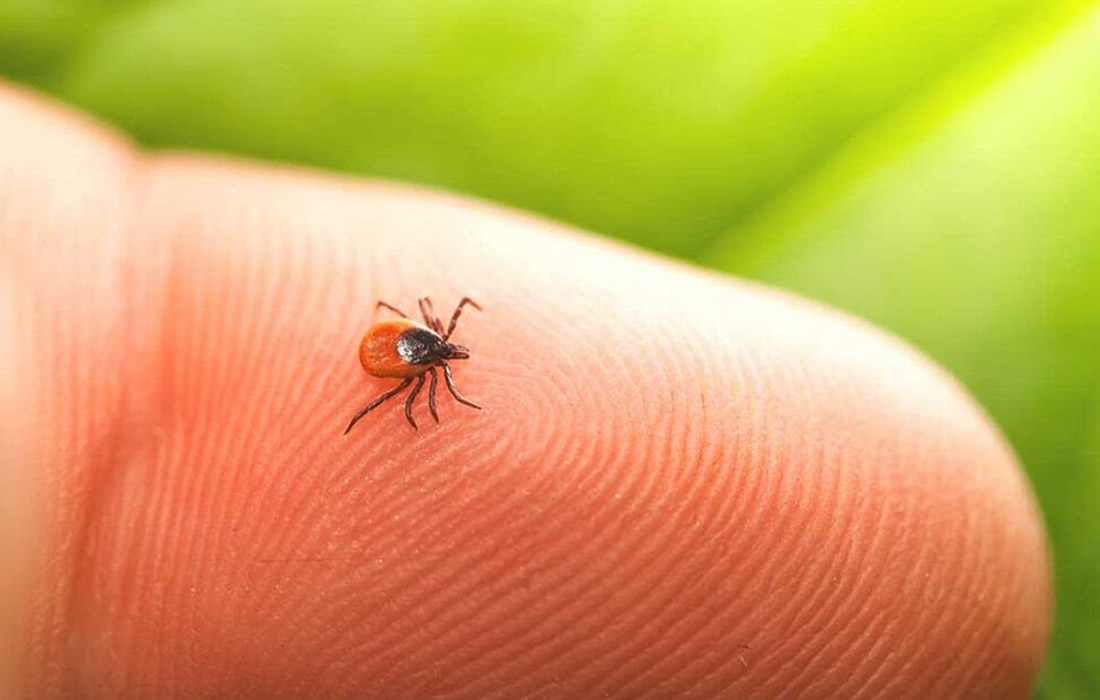Stem Cell Therapy for Specific Conditions
Stem Cell Therapy for Lyme Disease
Lyme’s disease is the most common vector‐borne illness in the United States and Europe, as migratory birds, among other factors, are spreading infections, increasing the burden of illness.
In 2015, CDC researchers reported an estimated 329,000 new cases of Lyme disease in the United States, with a 320% increase in the number of counties affected.
Lyme’s disease can potentially affect everyone. Ticks are the vector that spreads it and are endemic to our temperature latitudes. It is a disease with multiple faces and a wide variety of symptoms that can go unnoticed for a long time, leading to complications and chronicity of the disease if left untreated.
Symptoms include fever, fatigue, musculoskeletal, and nerve pain; we can also find cardiovascular and neuropsychiatric symptoms with cognitive difficulties and insomnia.
The severity of clinical manifestations is often explained by HLA status and autoimmunity, differences in Borrelia genotypes, associated co‐infections, underlying medical problems increasing inflammation and immune responsiveness.
Immunological and autoimmune manifestations are often associated with Borrelia infection. These include auto-antibody production with the production of antinuclear antibodies and rheumatoid factors. Other antibodies associated molecular mimicry against the myelin sheath surrounding nerves leading to demyelination and production of inflammatory mediators, including chemokines and cytokines, may also be present.
Lyme symptoms can vary by the stage of the disease and may progressively get worse as the disease advances.
The symptoms of Lyme’s disease include:
- Tender, swollen lymph nodes.
- Fever.
- Headache.
- Chronic fatigue.
- Muscle & joint aches.
- Mental confusion.
If left untreated, Lyme’s disease can lead to more severe symptoms such as:
- Arthritis.
- Intense headaches.
- Heart disorders.
- Erythema migrans rash.
- Facial paralysis.
Once diagnosed, antibiotics may be used. The route of administration, strength of the antibiotic, and duration of therapy are highly dependent on the state of the progression of the disease. The earlier the patient receives treatment, the higher the chance of success.
If treated early, Lyme’s disease can be cured with the proper antibiotic regimen. However, if the condition is left untreated, symptoms such as; arthritis, heart, and nervous system issues can occur. These symptoms can become increasingly challenging to impede and may require an alternative form of therapy.
Post-treatment Lyme’s disease syndrome (PTLDS) is characterized by a continuation of symptoms after receiving antibiotics. They can include fever, headache, chronic fatigue, muscle and joint aches, and mental confusion.
According to the New England Journal of Medicine, approximately 10-20% of people treated with the recommended antibiotics will have disease symptoms that persist after they complete treatment. Due to the high percentage of individuals with PTLDS, researchers have studied other treatment options.
Mesenchymal stem cells (MSCs) are one of the viable treatment options for this condition. They have been proven to have potent anti-inflammatory and immunomodulatory properties. Mesenchymal stem cells (MSCs) can inhibit the overproduction and use of T-cells in our body, which occurs without compromising our immune system and without leaving the individual vulnerable to another infection or disease.
Multiple studies have shown that mesenchymal stem cells are a safe and excellent treatment option for different immune-related diseases where the immune system is causing damage to our body instead of protecting it. These studies have proved the immunomodulatory and regenerative capabilities, which may be helpful for the therapy of PTLDS.
Stem cell therapy has shown a remarkable potential to treat many conditions and to differentiate into different cell types in the body, serving as a repair system by dividing and replenishing cells that have been damaged.
At Zignagenix we offer stem cell therapy with the highest quality in umbilical cord-derived mesenchymal stem cells (UC-MSCs). An intravenous infusion of mesenchymal stem cells combined with exosomes is applied at high doses. This infusion will help modulate the immune system response and decrease inflammatory markers while also increasing the production of anti-inflammatory cytokines and growth factors.
Many patients with this condition have shown promising results and a significant improvement in their quality of life. Due to the ability of stem cell therapy to modulate the immune response, chronic symptoms of PTLSD like headaches, chronic fatigue, and muscle aches will significantly improve with the therapy.
Source:
Horowitz R, Freeman PR. Improvement of common variable immunodeficiency using embryonic stem cell therapy in a patient with lyme disease: a clinical case report. Clin Case Rep. 2018;6(6):1166-1171. Published 2018 May 2. doi:10.1002/ccr3.1556.
Shroff G. Transplantation of Human Embryonic Stem Cells in Patients with Multiple Sclerosis and Lyme Disease. Am J Case Rep. 2016;17:944-949. Published 2016 Dec 13. doi:10.12659/ajcr.899745

